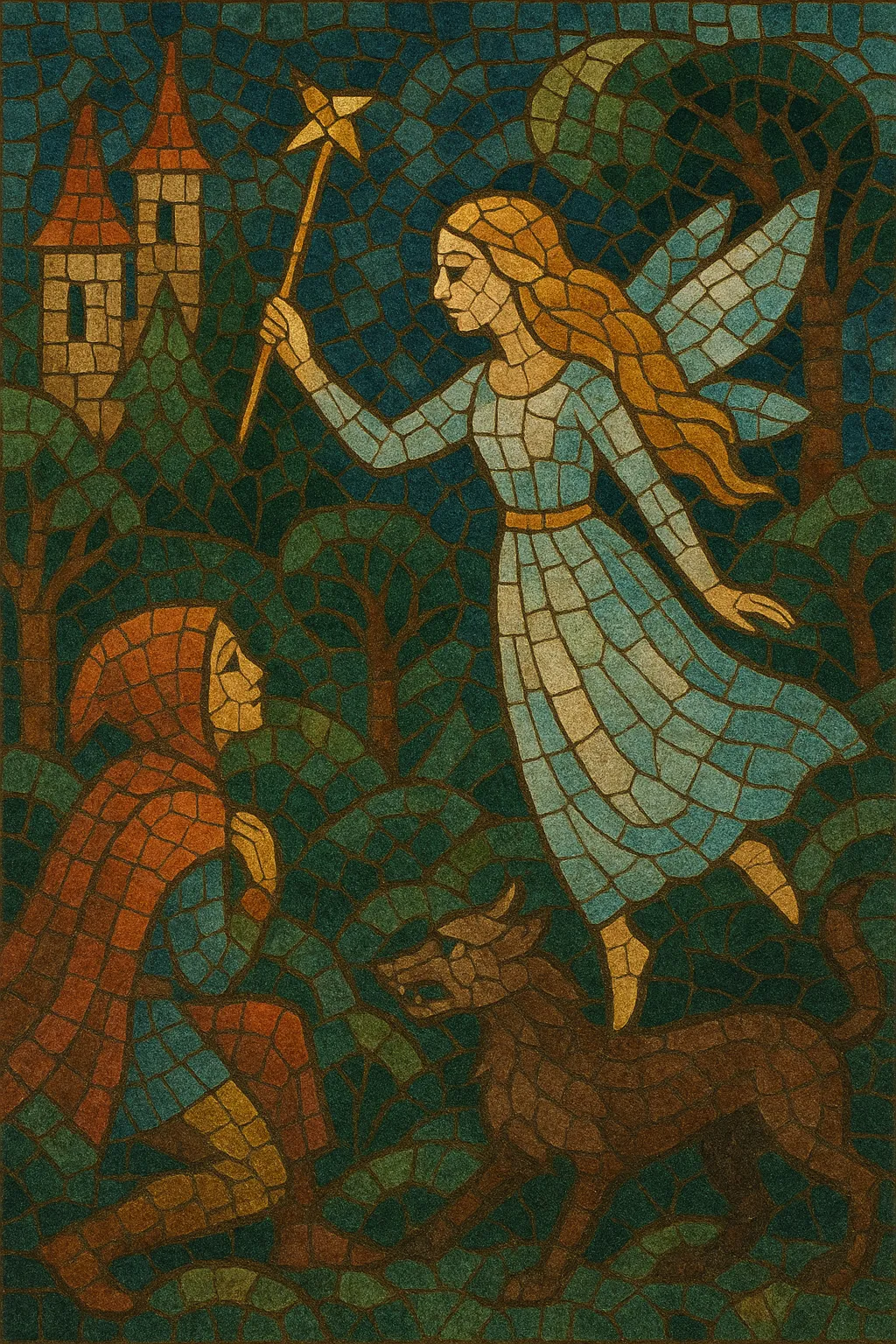Fairy tale (often called Skazka in Russian or Märchen in German) is a Romantic-era, narrative form in classical music that paints scenes and characters from folklore, myths, and children’s tales through instrumental color and memorable leitmotifs.
It commonly appears as piano character pieces and orchestral tone poems, but its spirit also infuses ballets and operas based on folk narratives. Typical hallmarks include lush harmonies, modal or folk-derived melodies, magical timbres (harp, celesta, woodwinds), and sharply contrasted moods to depict wonder, danger, and transformation.
The fairy tale impulse in music grew out of Romanticism’s fascination with folklore, the supernatural, and the inner life. German composers like Robert Schumann began titling intimate character pieces after tales (e.g., Märchenbilder, 1851), while programmatic orchestral writing matured via the symphonic poem.
In the late 19th and early 20th centuries, Russian composers refined the idiom into a recognizable subgenre. Anatoly Lyadov’s miniatures (Kikimora, The Enchanted Lake) and Nikolai Rimsky-Korsakov’s operas and tone poems showcased glittering orchestration for mythical subjects. Nikolai Medtner formalized the title “Skazka” (Fairy Tale) for a long series of piano pieces, elevating the genre within concert repertoire.
Ballets and operas brought fairy-tale narratives to the stage—Tchaikovsky’s The Sleeping Beauty and Stravinsky’s The Firebird are iconic. In the 20th century, Prokofiev’s Peter and the Wolf exemplified narrated, child-facing symphonic fairy tale. The language of these works (leitmotifs, colorful orchestration, narrative arcs) later informed film scores and, indirectly, symphonic rock/metal aesthetics.
While rooted in Romantic classical practice, fairy tale music’s narrative and timbral signatures remain influential in children’s music, concert programming, and contemporary genres that seek fantastical, mythic atmospheres.
Start from a story outline: introduce a setting, a hero/heroine, a magical agent, a conflict, and a resolution. Assign each key element a leitmotif—short, distinctive cells (intervallic shapes, rhythms, or timbres) that can transform across the piece.
Use folk-tinged modes (Dorian, Mixolydian, natural minor) and modal mixture for color. Employ chromatic mediant shifts and augmented chords to suggest mystery; Lydian inflections (#4) can convey wonder. Keep melodies singable and theme-driven to aid recognition and development.
Alternate lyrical, rubato sections (for enchantment) with more rhythmic, dance-like passages (waltz or folk dance rhythms) to depict festivities or chases. Typical forms include ternary (ABA), episodic rhapsodies, or compact sonata-like arcs that follow the narrative’s tension curve.
For orchestra, favor luminous colors: harp and celesta for sparkle; flutes, oboe, and clarinet for pastoral or playful lines; muted strings and tremolo for suspense; bass clarinet, contrabassoon, and low brass for villains. In piano works, use arpeggiated textures, bell-like registers, and pedaling to create shimmer and distance.
Transform leitmotifs as the plot advances—sequence them, invert contours, reharmonize in distant keys, or shift timbre (e.g., innocence on flute turns ominous on low strings). Use ostinati to depict spells or mechanical magic, and sudden dynamic contrasts for jump-scare turns.
Provide program notes or narrative headings for clarity. Cadentially, plagal or deceptive motions can feel storybook; triumphant endings often broaden into radiant major with expanded orchestration.


